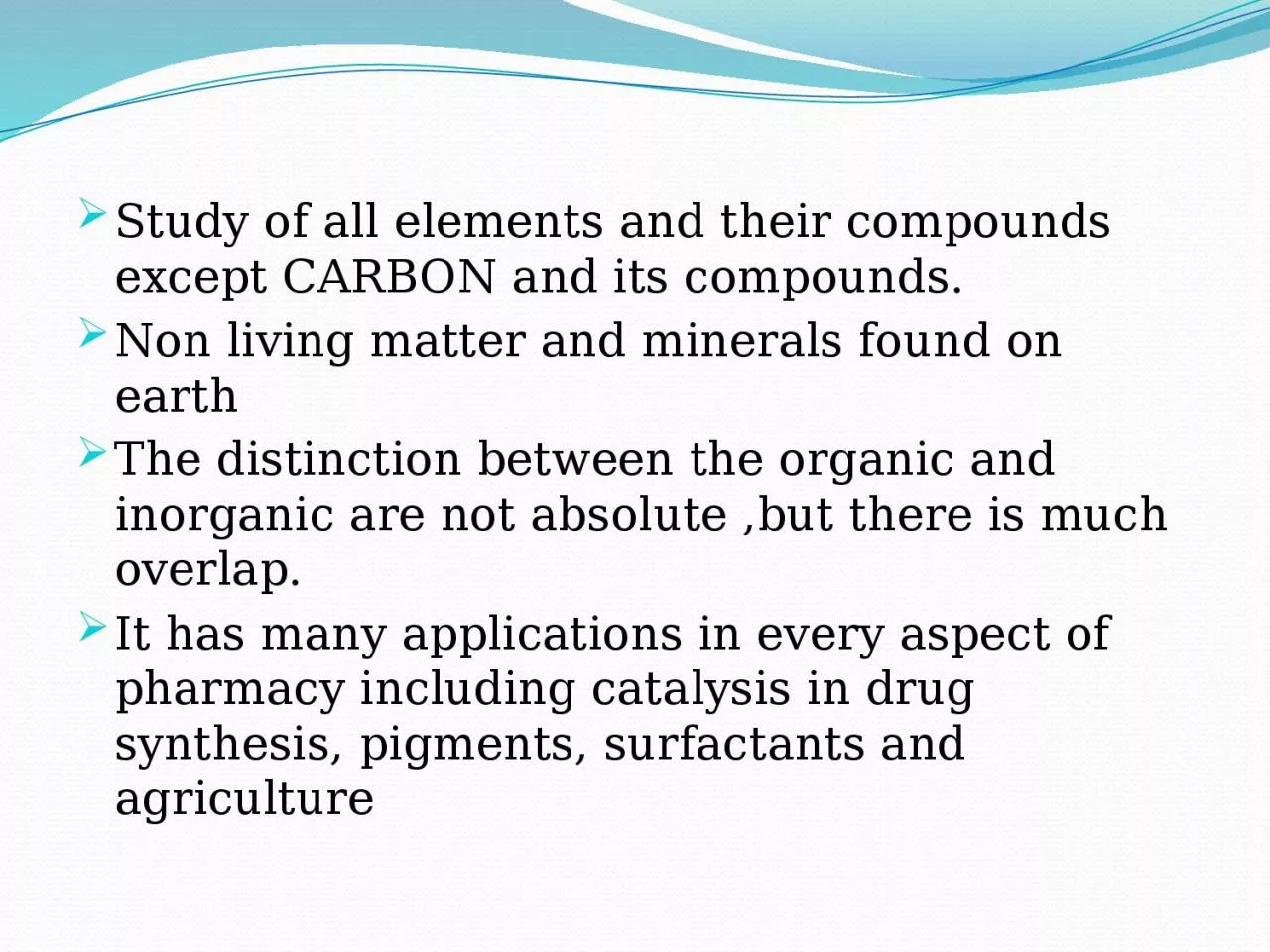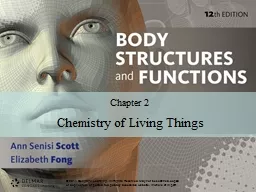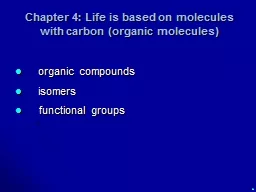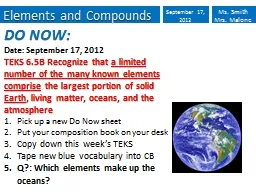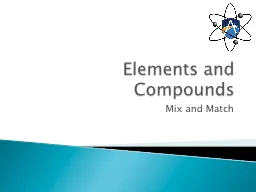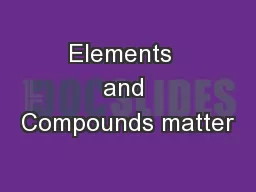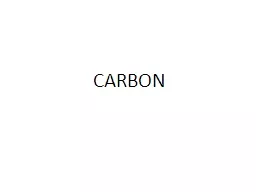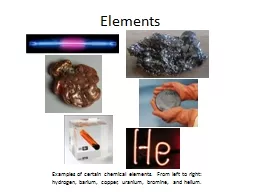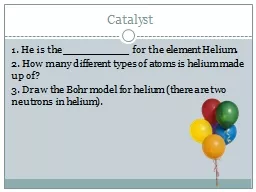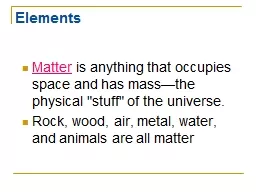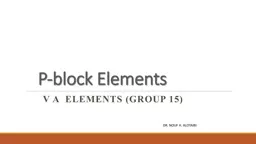PPT-Study of all elements and their compounds except CARBON and its compounds.
Author : jordyn | Published Date : 2022-06-18
Non living matter and minerals found on earth The distinction between the organic and inorganic are not a bsolute but there is much overlap It has many applications
Presentation Embed Code
Download Presentation
Download Presentation The PPT/PDF document "Study of all elements and their compound..." is the property of its rightful owner. Permission is granted to download and print the materials on this website for personal, non-commercial use only, and to display it on your personal computer provided you do not modify the materials and that you retain all copyright notices contained in the materials. By downloading content from our website, you accept the terms of this agreement.
Study of all elements and their compounds except CARBON and its compounds.: Transcript
Download Rules Of Document
"Study of all elements and their compounds except CARBON and its compounds."The content belongs to its owner. You may download and print it for personal use, without modification, and keep all copyright notices. By downloading, you agree to these terms.
Related Documents

